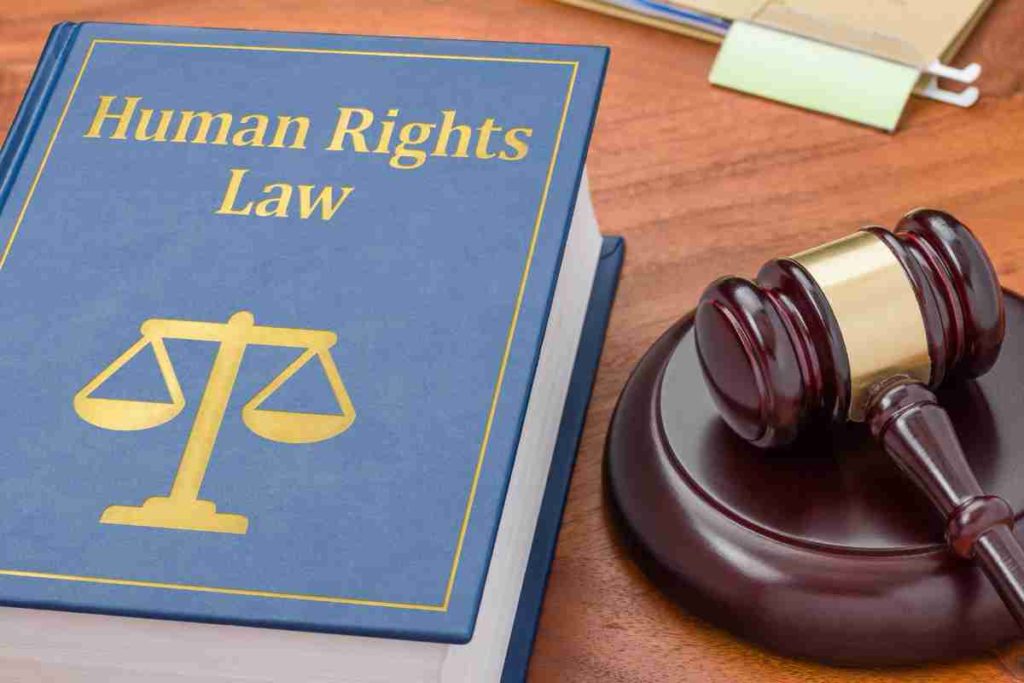The USA’s Take on Human Rights Laws: A Comparative Study

Ever pondered how the Land of the Free stands on the global stage regarding human rights? Let’s dive deep into the history and modern-day interpretations of the USA’s human rights laws and see how they compare to the rest of the world.
Historical Background of Human Rights in the USA
From its inception, the USA’s foundations were built upon the principles of freedom, democracy, and justice. These principles paved the way for the establishment of human rights laws that have evolved over centuries.
The objective of Comparative Study
To shed light on the USA’s stance and to measure it against global standards.
The Origin and Evolution of Human Rights
You know the age-old saying, “Change is the only constant”? Human rights interpretations are no exception.
The Universal Declaration of Human Rights
Back in 1948, the world came together to sign this groundbreaking declaration, a cornerstone for global human rights.
The USA’s Adaptation Over Time
Like a river carving its path, the USA molded its human rights policies over time, embracing some international standards while maintaining its unique perspectives.
Modern Interpretations: The USA’s Stand
How would the USA’s pieces fit if human rights were a puzzle?
Key Human Rights Policies
From freedom of speech to the right to privacy, the USA has an array of policies reflecting its commitment to its citizens.
Recent Developments and Changes
The wind of change never stops. Recent years have seen shifts in areas like LGBTQ+ rights and racial justice.
Comparative Analysis: USA vs. World
Ever compared apples to oranges? Let’s see how the USA’s apple compares to the world’s fruit basket.
Comparison with European Nations
While Europe often leans towards collective rights, the USA’s individualistic approach creates a unique contrast.
Comparison with Asian Countries
From democratic India to authoritarian regimes, Asia offers a diverse viewpoint. The USA often finds itself both an ally and a critic in this region.
Also, Read US Employment Law: Top Mistakes Employers Must Avoid
Factors Influencing the USA’s Perspective
Why does the USA see the world in its unique hue?
Political Landscape
The oscillating power between Democrats and Republicans often brings shifts in human rights priorities.
Socio-Cultural Aspects
The melting pot culture of the USA provides a rich tapestry of perspectives, shaping its stance on human rights.
Critiques and Praise
Is the USA the torchbearer for global human rights, or is it trailing behind?
International Praise for the USA’s Take
From championing women’s rights to advocating for freedom of speech, the USA has its moments of glory on the global stage.
Criticisms and Controversies
However, issues like Guantanamo Bay and indigenous rights bring a share of critiques.
The Role of Civic Movements in Shaping Policy
Have you ever thought of the ripple effect of a single protest?
Civil Rights Movement
A monumental movement that reshaped the USA’s human rights perspective in the 1960s.
Women’s Rights Movement
From suffragettes to #MeToo, women’s rights have come a long way, influencing the USA’s policies.
Future Projections
Gazing into the crystal ball, what’s in store for the USA?
Predictions for the Next Decade
As global dynamics shift, the USA’s stance on human rights is likely to evolve, embracing more inclusive policies.
The Role of Globalization
As the world becomes more interconnected, the USA will find itself adapting to global standards while retaining its unique identity.
Conclusion
The USA’s human rights journey is a blend of its historical roots, socio-political landscape, and global influences. While it has its moments of brilliance, challenges remain. One thing’s for sure – the USA’s tale in the human rights arena is far from over.
FAQs
- How has the USA’s human rights perspective evolved over time?
The USA has shifted from its foundational principles to accommodate modern-day challenges, influenced by global standards and internal dynamics. - How does the USA’s stance differ from European nations?
The USA’s individualistic approach contrasts Europe’s collective rights perspective. - Are there areas where the USA faces criticism regarding human rights?
Yes, areas like Guantanamo Bay detention and indigenous rights are points of contention. - How do civic movements influence the USA’s human rights policies?
Movements like the Civil Rights and Women’s Rights have significantly impacted policy decisions. - What’s the future for the USA in the realm of human rights?
It’s predicted the USA will lean towards more inclusive policies, influenced by globalization and changing global dynamics.






